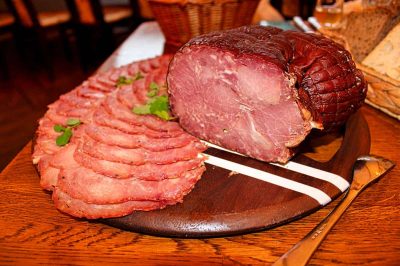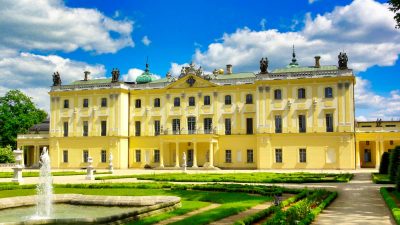My rule of thumb is: if you don’t just want to get to know a country superficially, but really discover it, you need to have seen at least three other places in addition to the capital. Preferably the ones that are not on the first page of every travel guide – because Germany is not just the Brandenburg Gate and the Oktoberfest, the USA has 48 other states to offer in addition to New York and California, and so on. Poland is no different. Here, too, many people only know Warsaw, Krakow and perhaps Gdansk or Wroclaw.
Did you know, for example, that the Augustów Canal, the most important waterway in north-eastern Poland, is celebrating its 200th anniversary this year? The Suwałki Lake District in the Podlaskie region, where the canal is located, attracts hundreds of thousands of visitors from all over Europe every summer, for whom Poland does not begin and end in Warsaw. Last but not least, the region’s excellent gastronomy plays a major role – here, too, Polish cuisine has much more to offer than the world-famous, good old pierogi. But we’ll get to that later.
The Suwałki Lake District therefore has a lot to offer. The region is best reached via neighboring Lithuania, which can be combined with a visit to Klaipėda. However, there are also good transport connections from the Polish capital.
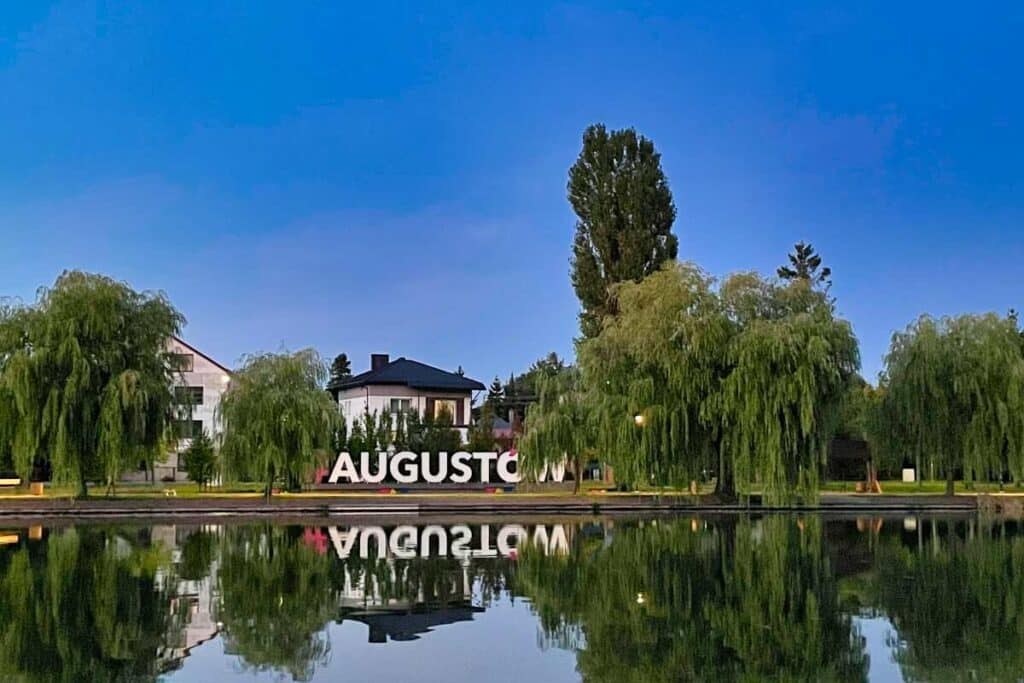
Augustów
Augustów is a small, idyllic town with around 30,000 inhabitants, located on the former border between Poland and Lithuania. The town is best known for the Augustów Canal, which was of great importance in the 19th century. The town of Augustów and its surroundings offer various opportunities to enjoy nature in peace and quiet.
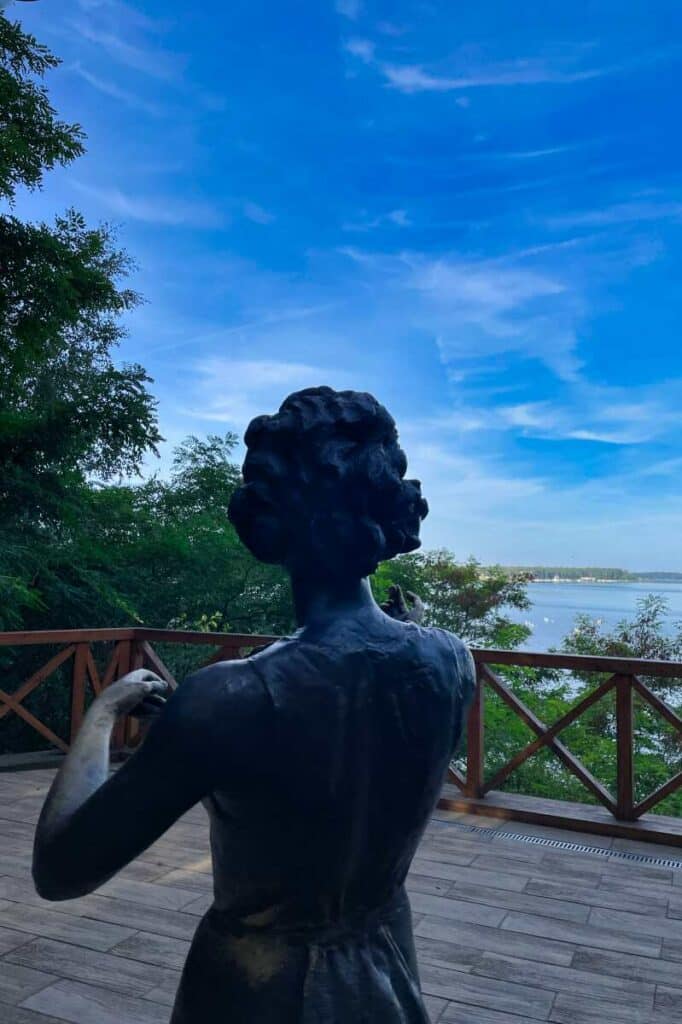
Augustowskie noce (Augustów Nights)
This has also attracted and inspired artists from other parts of Poland: Maria Koterbska wrote the song “Augustowskie noce” in 1966.
To listen to the song, it is best to go to Lake Necko, which is located in the northern part of the city. There is a monument there – a statue of a dancing woman who spins while the song plays. This place is located next to the Hotel Warszawa (ul. Zdrojowa 1), which is highly recommended. In addition to a beautiful lake view, it also has a spa area with swimming pool and sauna.
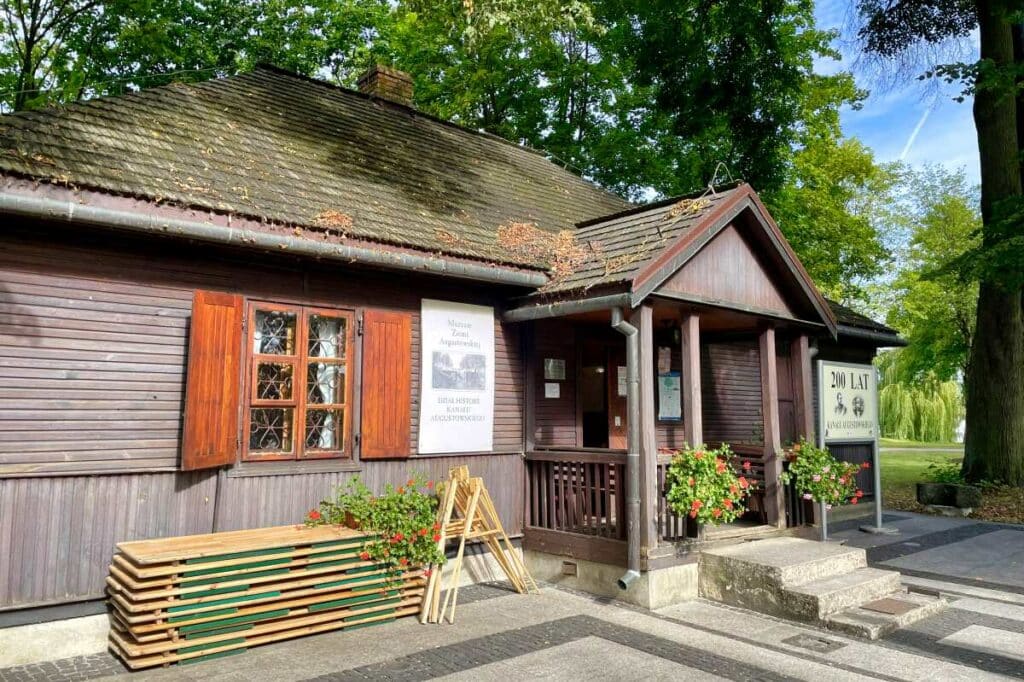
Museum of the Augustów Canal
The Augustow Canal Museum (ul. 29 Listopada 5a) is located in the city center, about a 20-minute walk from the hotel. Before visiting the canal, a tour of the museum is definitely worthwhile. It tells the story of the canal and shows how it was built and by whom. Planning for the canal began in 1823 after Tsar Alexander the First authorized its construction. There were three designs in total – the one with the shortest route was chosen. The canal is 101.2 km long and lies on the territory of two countries – Poland and Belarus.
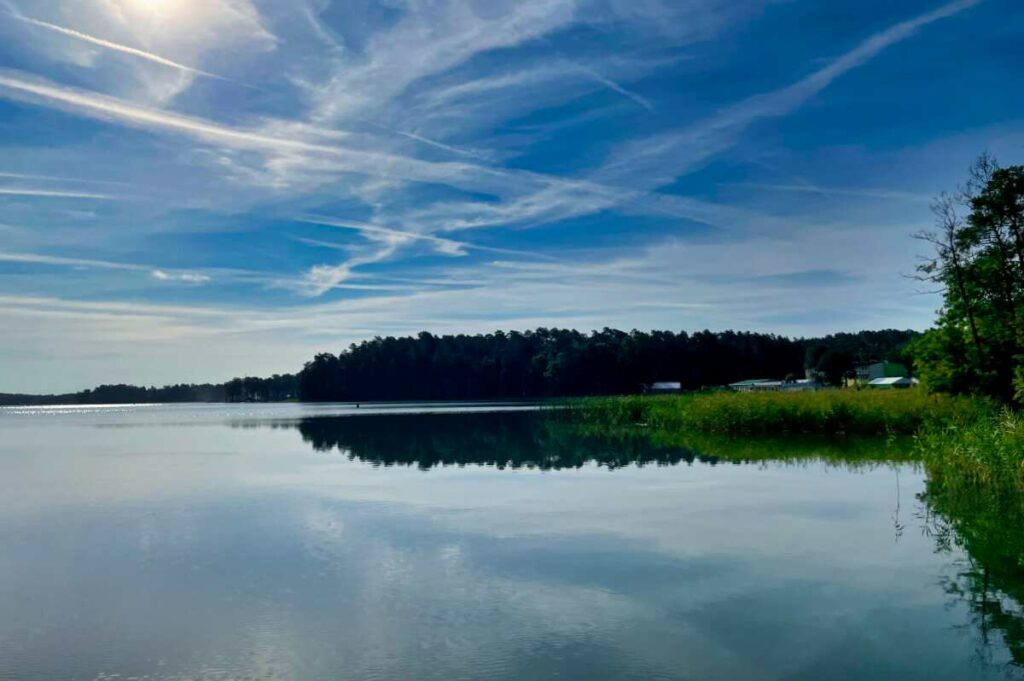
The Augustów Canal
All construction work was completed in 1839. Around 7000 people were involved in the project. Originally, the canal was used for the transportation of goods, especially timber. Between the First and Second World Wars, timber production was the most important economic sector in the region – Polish timber was even exported to Africa. Since the end of the Second World War, the canal has only been used for tourist purposes.
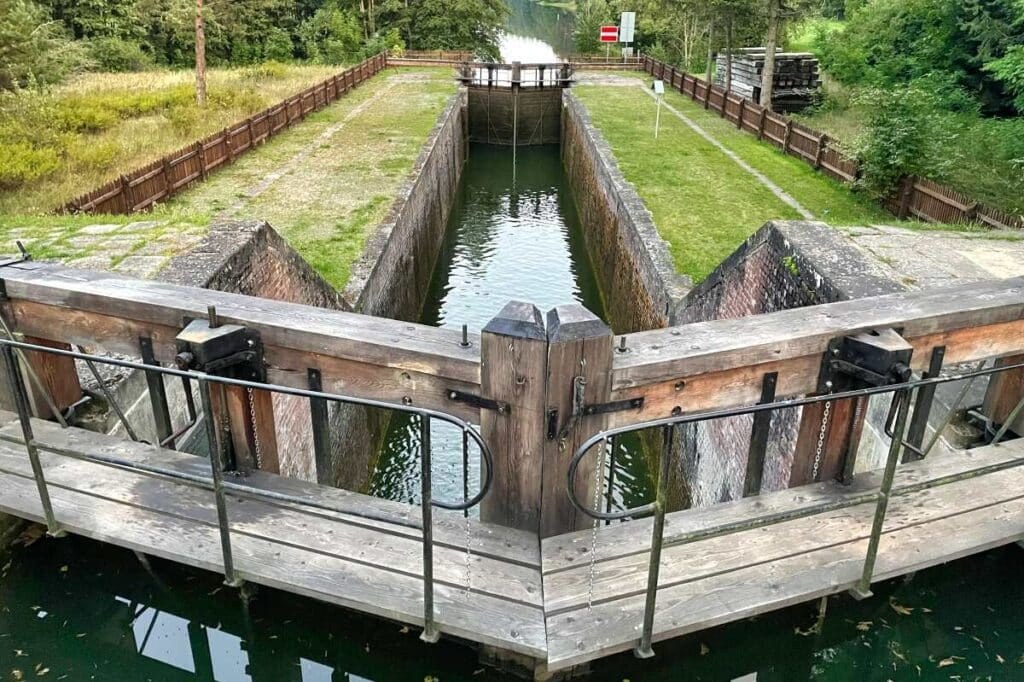
The canal has a total of 18 locks – 14 in Poland, 3 in Belarus and 1 directly on the border between Poland and Belarus. However, the border crossing has been closed since the COVID pandemic. Part of the Augustów Canal in Belarus was destroyed during the Second World War and was only restored in the mid-2000s.
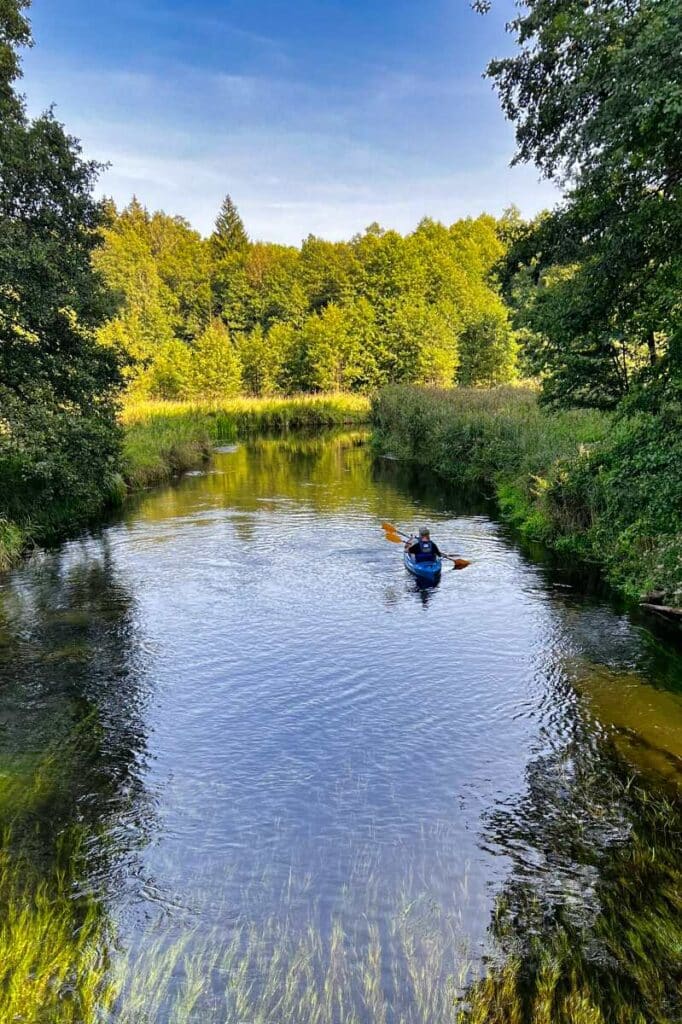
Kayaking on the canal
A canoe trip is something you can’t miss in Augustów and on the numerous rivers of the Suwałki Lake District. A kayak for 1 to 3 people and all equipment can be hired directly in the town, e.g. from SZOT (ul. Konwailowa 2). A relaxed 10 km tour leads along the Czarna Hancza (a neighboring river of the Augustów Canal) and is recommended for everyone.
Please note that the route is close to the Belarusian border – if roaming is activated and a Belarusian network is received, this can result in additional costs. But you don’t necessarily need a smartphone here: there is nothing but untouched nature in the area. If you wish, you can also book a longer, multi-day tour.
Culinary delights in the region
Podlaskie not only attracts many visitors thanks to its nature, but is also a culinary paradise. The Tawerna Fisza Concept by Marcin Budynec (ul. Rybacka 19) is an absolute must. The restaurant with regional Polish cuisine offers a beautiful view of the river and is located directly in the city center. In addition to a large selection of home-made dishes, it even offers Polish wines.
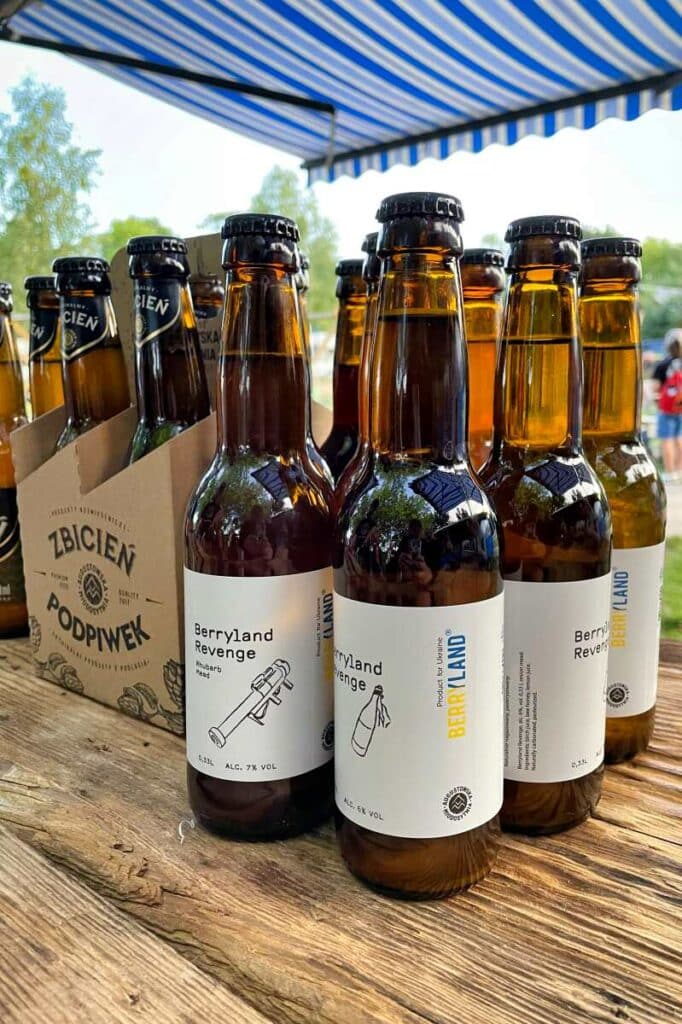
Augustowska Miodosytnia (ul. Tytoniowa 9), on the other hand, is one of a total of twenty companies in Poland dedicated to the production of mead. The business was born out of a desire to promote beekeeping in the region. The two founders – Paweł Kotwica and Piotr Piłasiewicz – produce traditional Slavic honey drinks from the raw materials of the Augustów Forest – including such specialties as Podpiwek, Zbicień or the rhubarb mead Berryland Revenge, which is brewed to support Ukraine.
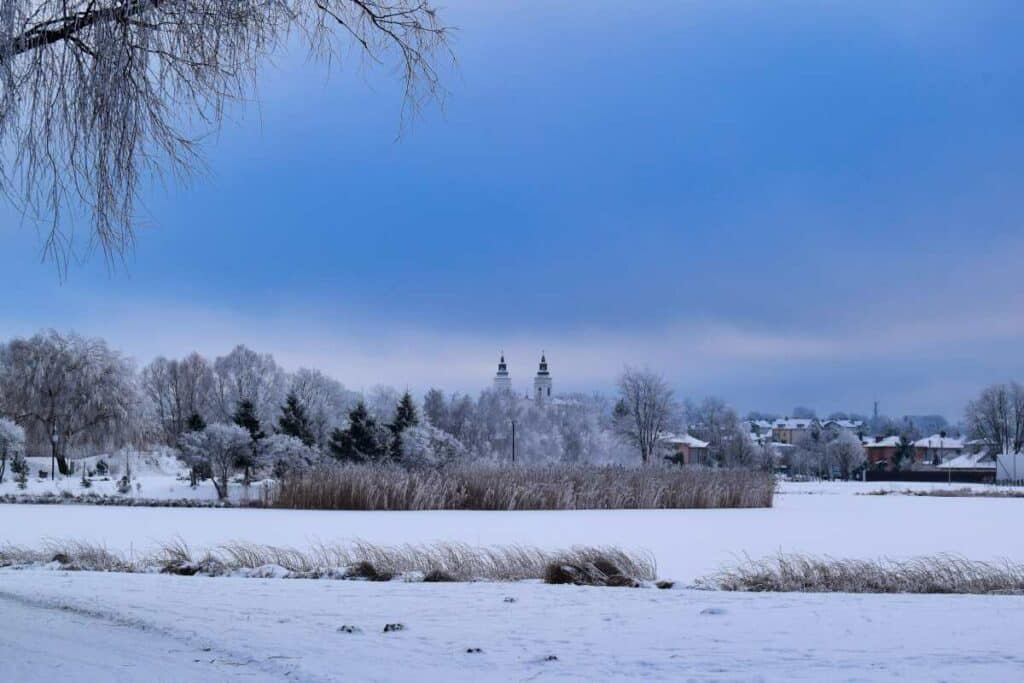
Suwałki
The name Suwałki may be familiar to some of you in connection with the so-called Suwałki Gap. This describes the border area between four countries – Russia (Kaliningrad Oblast), Belarus, Poland and Lithuania. The approximately 60 km long line is the only border between NATO countries and Russia and Belarus. The town of Suwałki is an important sight in the Suwałki Lake District and is of great cultural significance for the northern Polish region. In 2020, Suwałki celebrated its 300th birthday.
A Mecca for blues fans
A good place to start your visit is Chłodna Street in the city center, which has a variety of dining options. From there you can reach the nearby Konstytucji 3 Maja Park, where you can find the Oak of Peace(Dąbek Wolności). It was planted in 1923 on the occasion of Constitution Day (May 3, 1791). A visit to the city in summer is recommended for all blues fans. Poland’s largest blues festival, the Suwałki Blues Festival, is held here every year.
Art gallery and the city’s most famous son
Suwałki also has plenty of museums to offer, such as the Stara Łaznia Art Gallery, a modern museum in a historic old building at Andrzej Wajda Street No. 3, which bears the name of the famous Polish film director who was born in Suwałki.
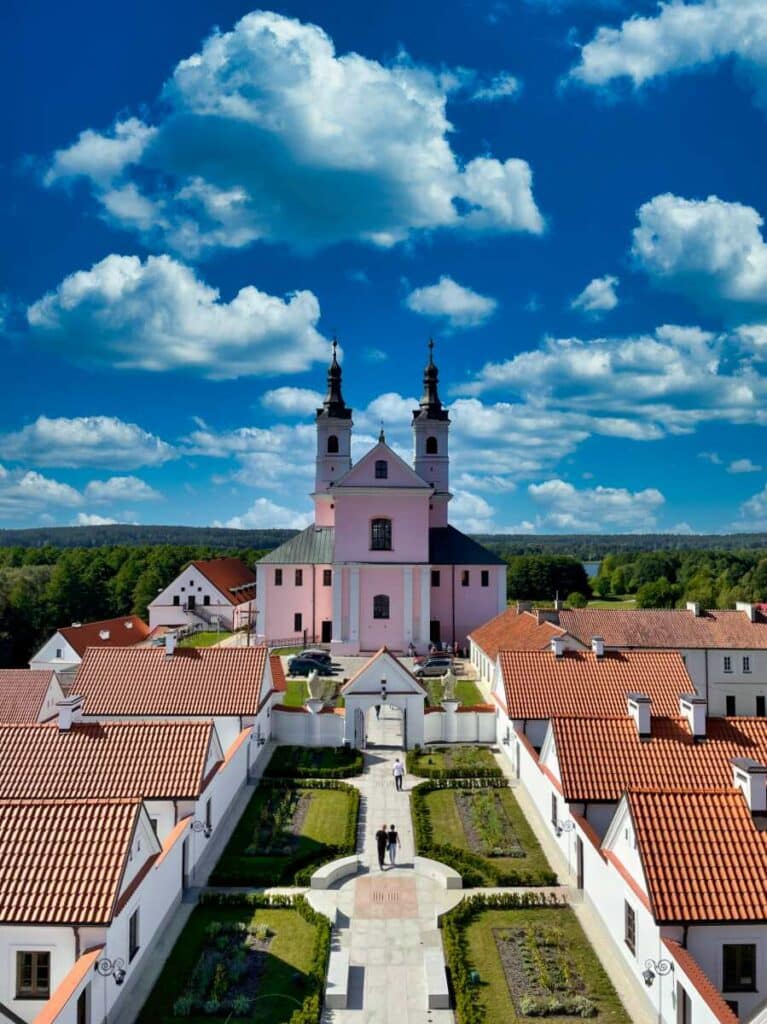
Wigry
Poland is very Catholic, but there are some villages in the Suwałki region whose inhabitants are Orthodox Old Believers and who maintain a church in Suwałki. The post-Camaldolian monastery in Wigry on the lake of the same name is one of seven monasteries in the region. The former house of the Camaldolese (an order of the Roman Catholic Church) is one of the oldest and most beautiful monasteries in Poland and has been destroyed three times during its history.
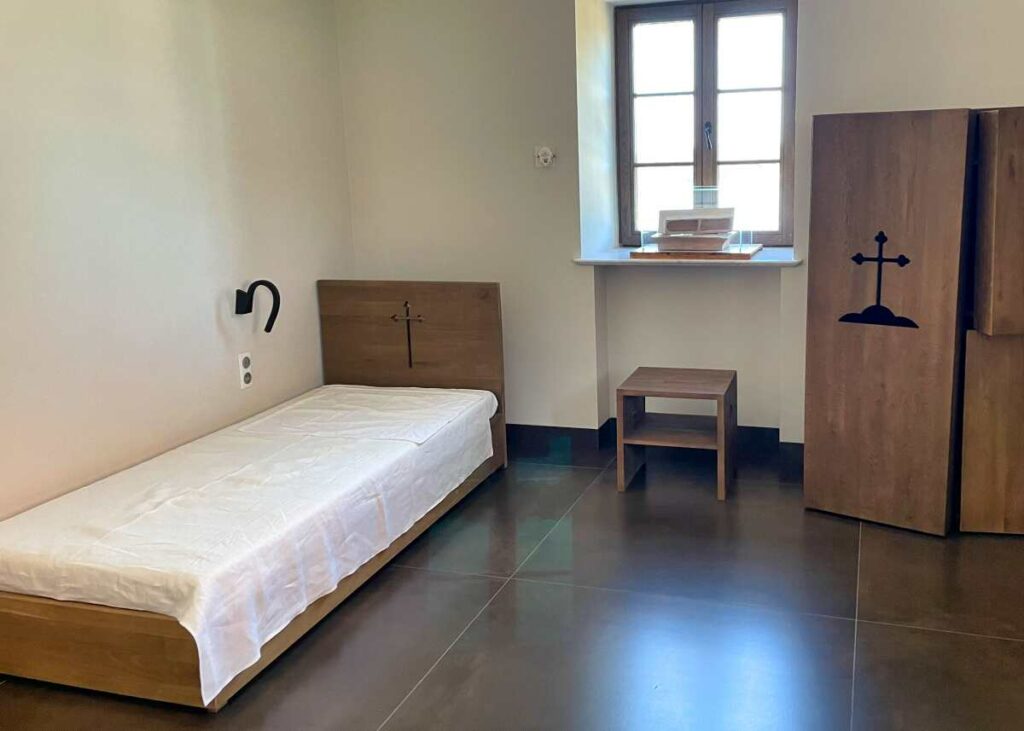
Monks lived on the monastery grounds from the 17th century onwards, 45 of whom are buried in the monastery cellar. Today you can rent the monks’ former homes – in the middle of nature.
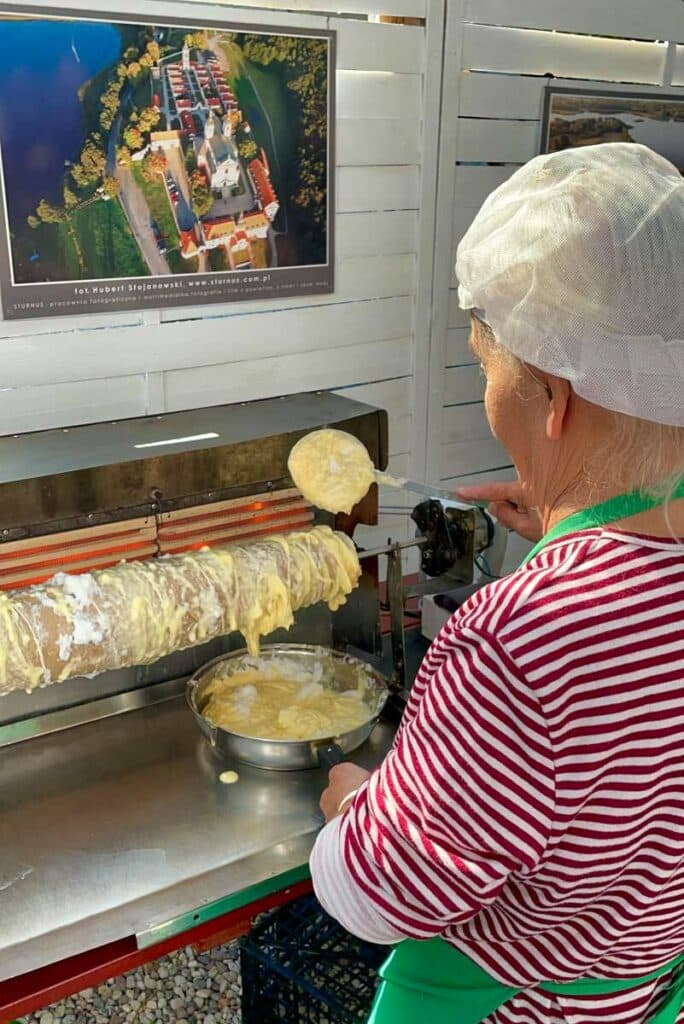
Sękacz Wigierski
And there is also a culinary specialty here – the Sękacz Wigierski. Sękacz is a traditional Polish pastry that is known far beyond the borders of the Suwałki Lake District and Poland and is a spit cake. The main ingredients of the sękacz are butter, eggs, sugar, flour and sour cream.
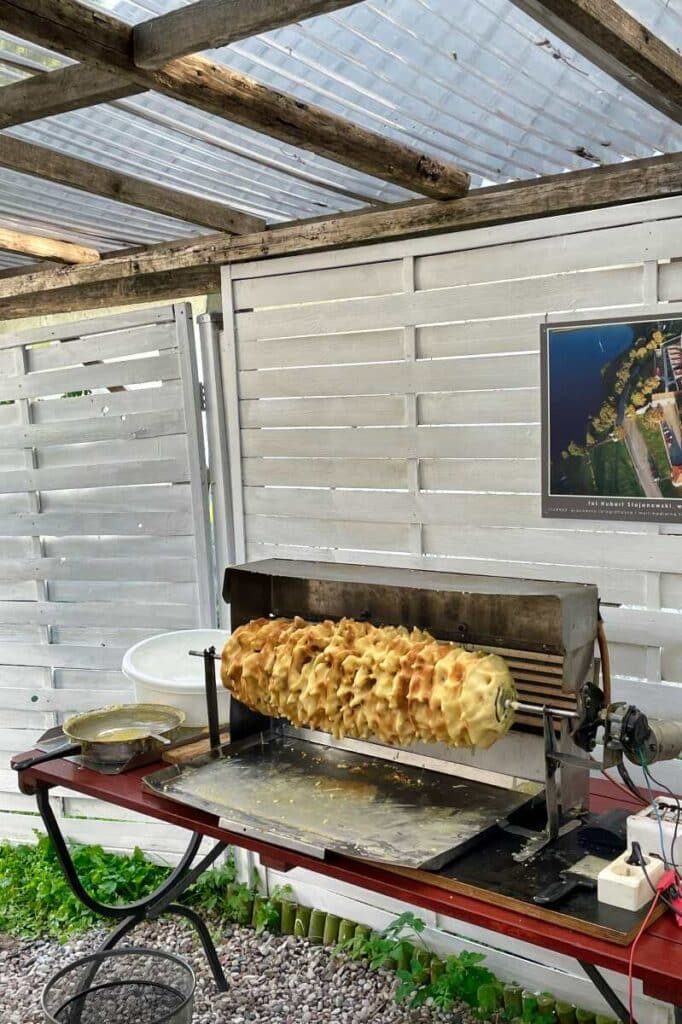
The dough is poured slowly onto a spit and baked for a few hours. Teresa Biziewska bakes the dish in Wigry. She also offers well-known Polish pierogi made according to her grandmother’s old recipe.
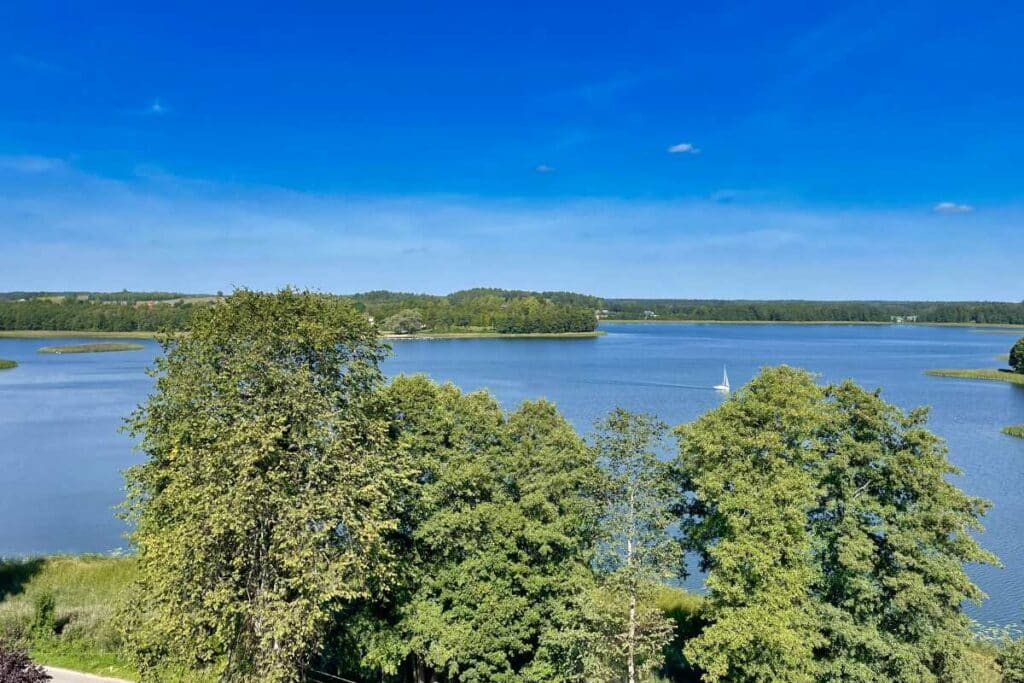
Wigry National Park
The Wigry National Park on the Suwałki Lake District covers over 2700 hectares of water. It is one of the youngest national parks in Poland (opened in 1989) and covers an area of 14,840 hectares including land. The beaver is the symbol of the park and lives here alongside around 300 other animal and 200 bird species. “Nie tylko dla bobrów” (not just for beavers) is the park’s motto. And here, too, there is a bit of culture alongside the beautiful nature. The Muzeum Wigier / Stary Folwark, which has a permanent exhibition showing the flora and fauna of the park and Lake Wigry, is highly recommended.
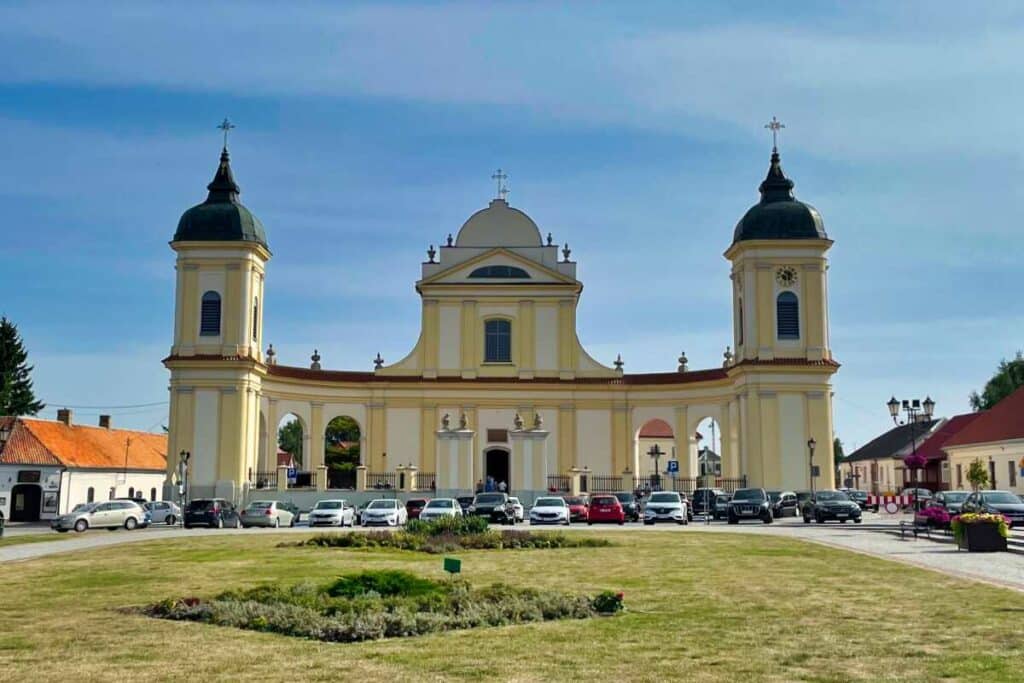
Tykocin
Tykocin is a historic town where almost every stone has a story to tell. And this is also closely linked to religion. Built between 1742 and 1750, the Holy Trinity Church is still considered the tallest building in the city. The church was not destroyed during the Second World War, but the church organ was badly damaged by the Bolsheviks in 1920. On the main square, directly opposite the Holy Trinity Church, stands the monument to the city’s founder and Polish national hero Stefan Czarniecki. After the Sigismund Column in Warsaw, this monument, erected in 1763, is the second oldest in Poland.
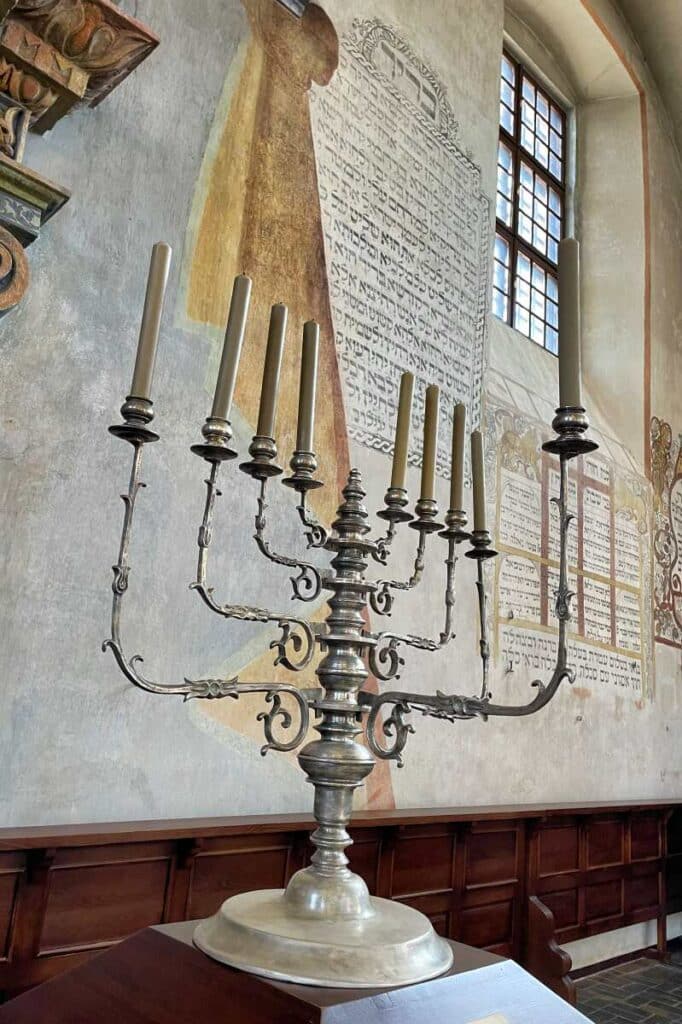
In the 16th century, a Jewish community was established in Tykocin, which initially consisted of ten families from Grodno. Tykocin was divided into a Catholic and a Jewish area by the Motława, a tributary of the Narew. A synagogue was built in Tykocin in 1642. Today it is the second largest synagogue in Poland. There used to be a Jewish court here. Tykocin is still strongly influenced by Jewish culture today – Israelis often visit the town.
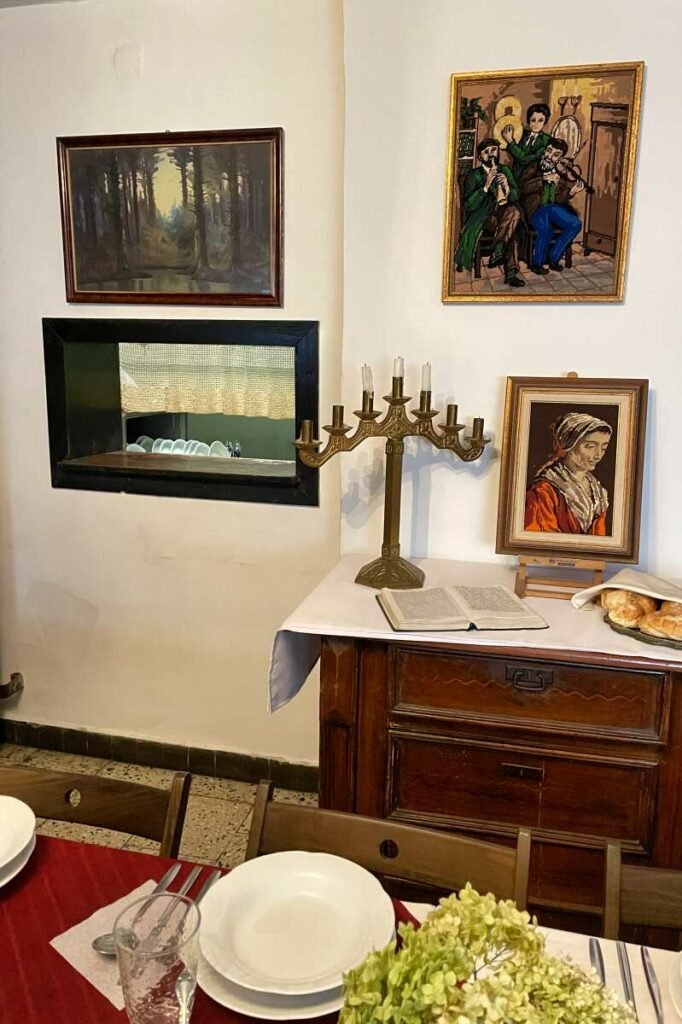
In addition to the synagogue, there is a good selection of Polish-Jewish restaurants – including the oldest restaurant in the city, Tejsza (ul. Kozia 2) and the Villa Regent (ul. Sokołowska 3). Tykocin is also home to one of the oldest Jewish cemeteries in Poland. It was created in the 16th century as well. Part of the cemetery was destroyed during the Second World War. Many Jews from Tykocin were deported from the town by the National Socialists and murdered nearby.
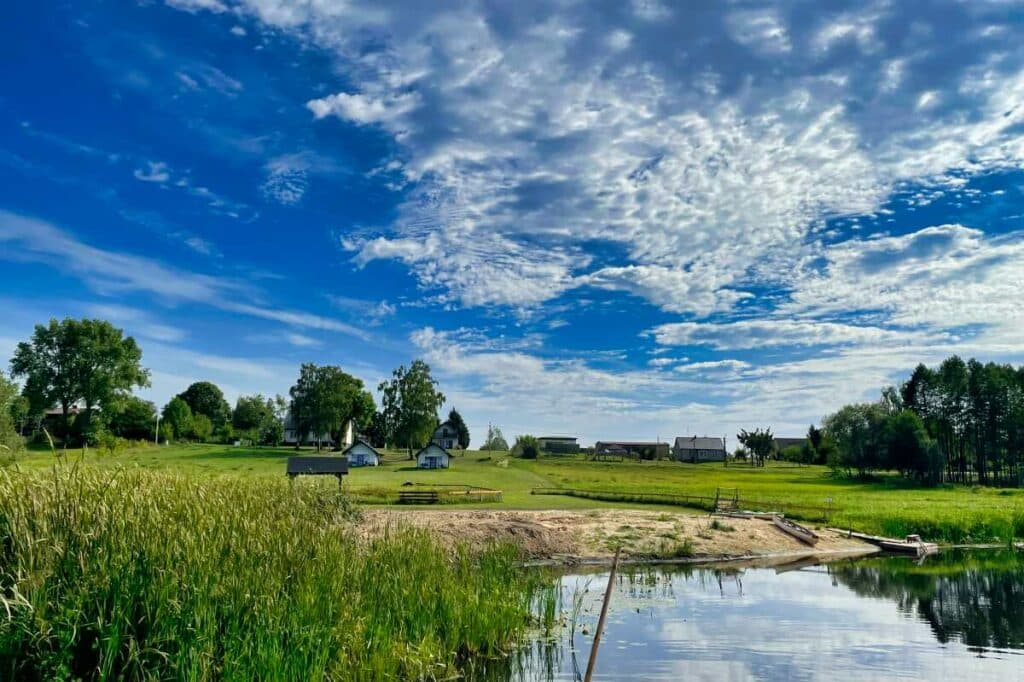
Biebrza National Park
Biebrza – the largest Polish national park with an area of almost 60,000 hectares and the largest moorland area in the EU – is located around 40 km from Tykocin. The entire national park is a nature reserve. The Augustów Canal also flows through the Biebrza National Park and, along with other rivers, is navigable for all canoe tourists. The entire waterway is approx. 145 km long. The park also has 14 hiking trails as well as cycle paths and bridleways. A total of 280 bird species and the largest moose population in the country, around 1000 vascular plant species and numerous animals – they all reflect the great diversity of nature.
Milk Museum
Interesting for visitors with children is the Milk Museum in Grajewo, the Centrum Tradycji Mleczarstwa-Muzeum Mleka (ul. Konstytucji 3 Maja 36). It is the only milk museum in Poland and was opened in 2016. Multimedia objects that provide information about the dairy industry provide fun for children and parents.
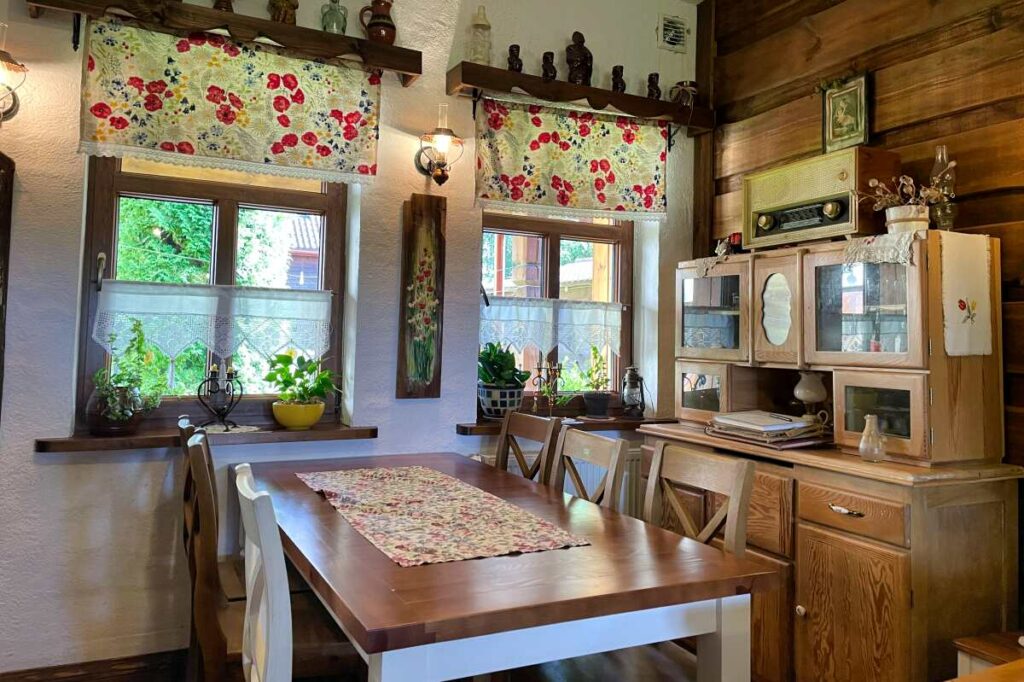
Authentic regional Polish cuisine is also available here. After a tour on the Biebrza River, you can enjoy the beauty of nature and have lunch in the cozy Dolina Biebrzy restaurant (Wroceń 44).
Please note that large groups (over seven people) may only visit the park if accompanied by a licensed park guide. Dogs are not permitted. Fishing is permitted.
How did you like our article about the Suwałki Lake District? Which other places in Poland should we visit for you? Let us know and write us a comment!


